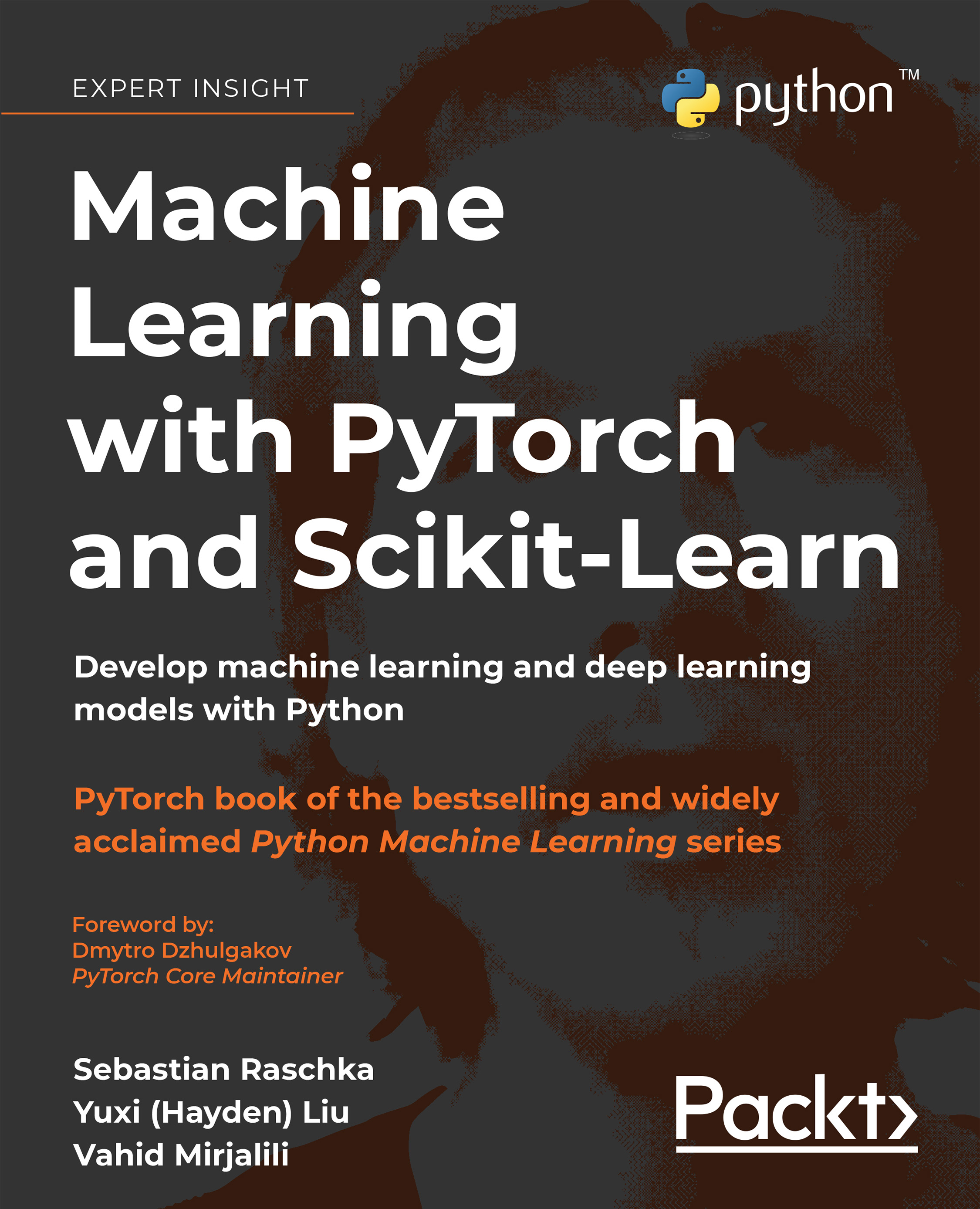Hack the Cybersecurity Interview
"Hack the Cybersecurity Interview, Second Edition" is a comprehensive guide designed to help individuals prepare for interviews across a wide range of cybersecurity roles. The book covers technical and behavioral interview questions for positions like cybersecurity engineer, penetration tester, and CISO, while also offering tips on personal branding, stress management, and negotiation. It provides real-world advice and industry insights, making it an essential resource for anyone looking to succeed in the competitive field of cybersecurity.
Troubleshooting: Terminal Lag
In this troubleshooting session, Tavis Ormandy investigates why launching the xterm terminal on his Windows machine is significantly slower compared to Fedora. He identifies that Windows applies an animation effect that delays interaction with the terminal. Through a series of tests and debugging, he discovers that the X server software (X410) adds unnecessary animation effects, which can’t be disabled directly. He uses a debugger to bypass the issue, improving the performance slightly. After further optimizations with features and caching processes, he brings the Windows terminal's performance closer to Fedora’s, significantly reducing the lag.
Monitor these Kubernetes signals to help rightsize your fleet
To ensure your Kubernetes environment is both cost-efficient and sustainable, it's crucial to monitor signals like CPU, memory, disk I/O, and network utilization. Over-provisioning leads to wasted resources and high costs, while under-provisioning can degrade performance. Watch for indicators such as high resource usage, slow application performance, or low utilization to fine-tune your setup. Tools like Prometheus and Grafana, along with autoscaling, can help you dynamically adjust resources, ensuring optimal balance, reduced costs, and improved sustainability.
Getting Started with Cilium Service Mesh on Amazon EKS
The blog post explains how Cilium, an open-source networking and security solution powered by eBPF, enhances network connectivity between workloads in Amazon EKS (Elastic Kubernetes Service). Cilium provides advanced networking, load balancing, encryption, and observability without the need for sidecar proxies. It integrates seamlessly with Amazon EKS to improve microservice communication, multi-cluster networking, and network policy enforcement. Cilium Service Mesh, built into Cilium, leverages eBPF and Envoy to offer high performance and low overhead for traffic management, security, and monitoring.
How AppsFlyer migrated from Kafka to Kubernetes using Karpenter
AppsFlyer, a global leader in mobile attribution, migrated their Kafka infrastructure to Kubernetes using Amazon EKS, simplifying management and improving performance. By switching from EC2 instances to Graviton-powered nodes, they achieved a 75% increase in throughput, 58% better write I/O, and reduced costs by 30%. AWS solutions like Strimzi Kafka Operator, Rancher’s Local Path Provisioner, and Karpenter autoscaler helped optimize local storage management and scaling. This transition cut CPU core usage in half and enhanced AppsFlyer's Kafka cluster’s scalability, efficiency, and resilience.
 United States
United States
 Great Britain
Great Britain
 India
India
 Germany
Germany
 France
France
 Canada
Canada
 Russia
Russia
 Spain
Spain
 Brazil
Brazil
 Australia
Australia
 Singapore
Singapore
 Canary Islands
Canary Islands
 Hungary
Hungary
 Ukraine
Ukraine
 Luxembourg
Luxembourg
 Estonia
Estonia
 Lithuania
Lithuania
 South Korea
South Korea
 Turkey
Turkey
 Switzerland
Switzerland
 Colombia
Colombia
 Taiwan
Taiwan
 Chile
Chile
 Norway
Norway
 Ecuador
Ecuador
 Indonesia
Indonesia
 New Zealand
New Zealand
 Cyprus
Cyprus
 Denmark
Denmark
 Finland
Finland
 Poland
Poland
 Malta
Malta
 Czechia
Czechia
 Austria
Austria
 Sweden
Sweden
 Italy
Italy
 Egypt
Egypt
 Belgium
Belgium
 Portugal
Portugal
 Slovenia
Slovenia
 Ireland
Ireland
 Romania
Romania
 Greece
Greece
 Argentina
Argentina
 Netherlands
Netherlands
 Bulgaria
Bulgaria
 Latvia
Latvia
 South Africa
South Africa
 Malaysia
Malaysia
 Japan
Japan
 Slovakia
Slovakia
 Philippines
Philippines
 Mexico
Mexico
 Thailand
Thailand










